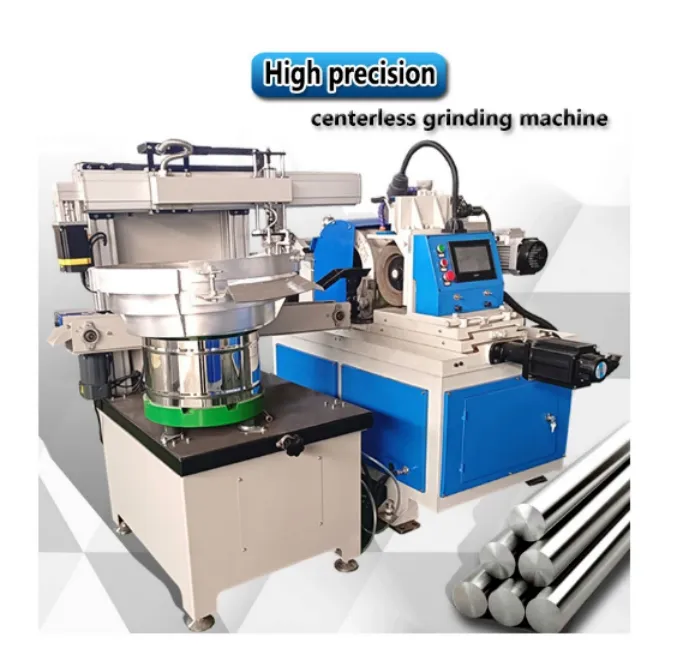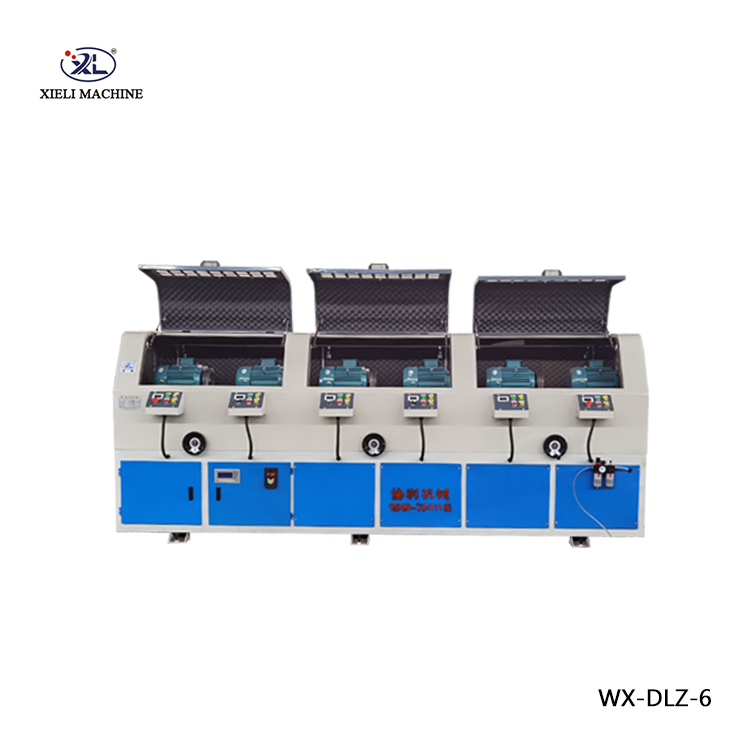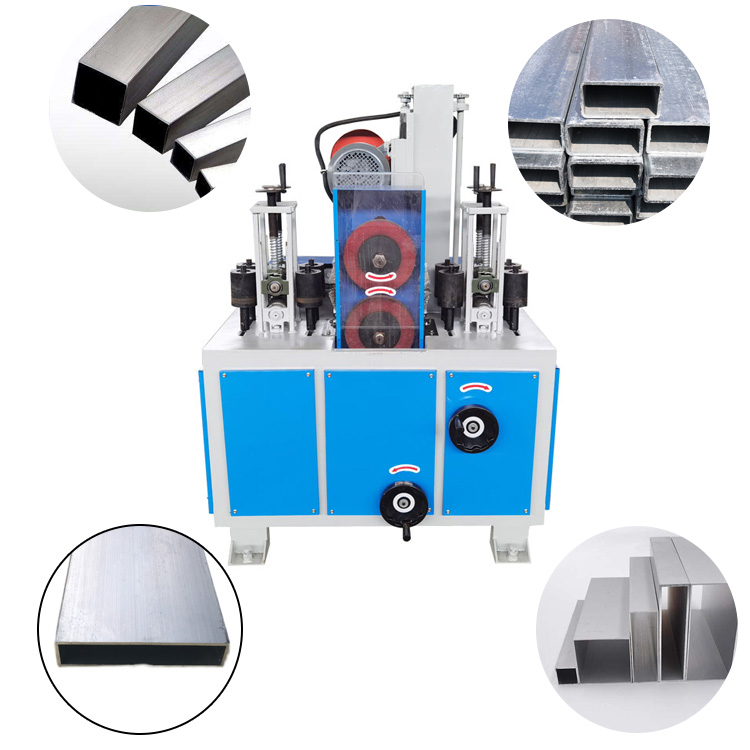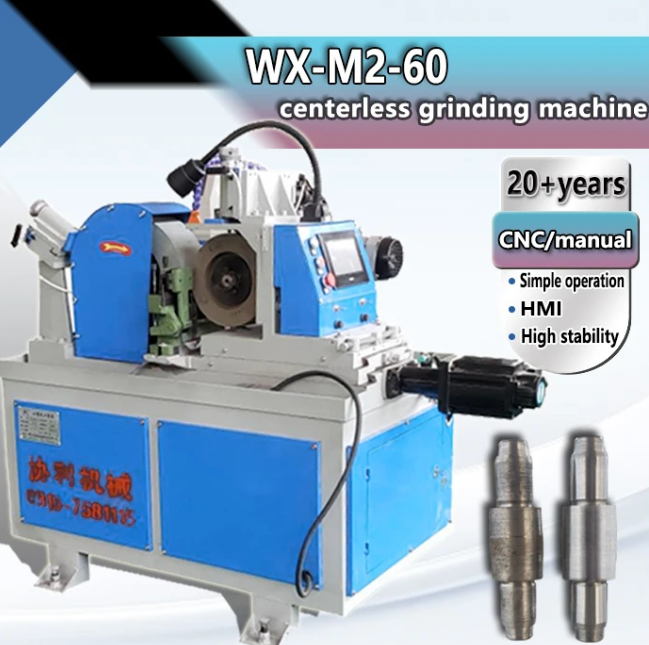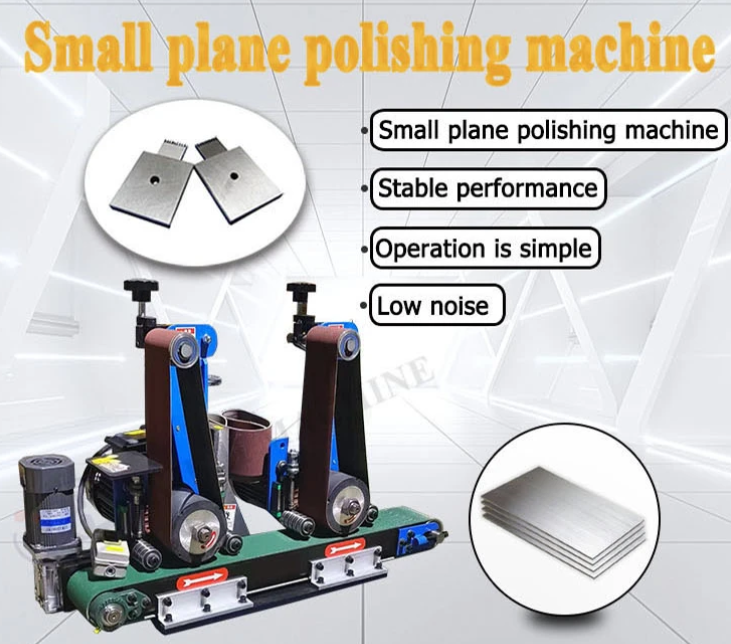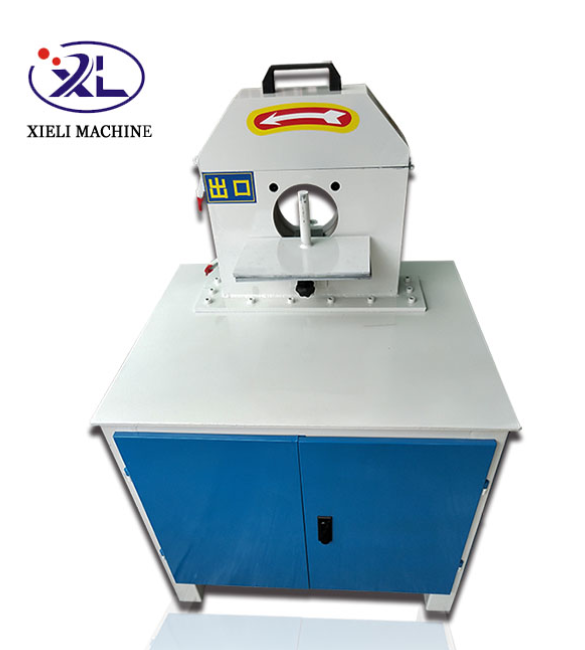The world of machining is constantly evolving, and the CNC centerless grinding machine stands at the forefront of this innovation. With precision and efficiency at the core of its design, the CNC centerless grinder is a must-have tool for industries that require high-accuracy, cylindrical components. Whether you're in automotive, aerospace, or medical manufacturing, this advanced technology is reshaping how parts are produced, offering benefits that are hard to overlook.
What is CNC Centerless Grinding?
The CNC centerless grinding machine operates on a unique principle that sets it apart from traditional grinding machines. Unlike conventional methods where a fixture holds the workpiece in place, CNC centerless grinding uses two wheels—a grinding wheel and a regulating wheel. The workpiece is fed between these two wheels, where the grinding wheel removes material from the outer surface, and the regulating wheel controls the speed and positioning of the part.
This design allows for highly efficient grinding, as the workpiece doesn’t need to be held manually, leading to faster processing times and reduced human error. The use of CNC centerless grinders further enhances this process by automating operations, offering repeatable and precise results with minimal intervention.
Benefits of CNC Centerless Grinding Machines
When it comes to machining cylindrical parts, precision and consistency are paramount. The CNC centerless grinder excels in both areas. One of the standout benefits is its ability to produce parts with tight tolerances, essential in industries like automotive and aerospace, where quality control is critical. The machine’s ability to achieve micron-level accuracy means that parts, such as shafts and rods, are consistently made to exact specifications, without the need for frequent recalibration or retooling.
Additionally, CNC centerless grinding machines allow for high production rates, making them highly efficient in large-scale manufacturing. Since the machine operates without requiring fixtures or clamping devices, setup times are reduced, and continuous grinding can take place with minimal downtime. This significantly boosts throughput and lowers costs, which is a vital advantage for manufacturers who prioritize both quality and productivity.
Key Applications of CNC Centerless Grinding
The CNC centerless grinding machine is a versatile tool with many practical applications. It is particularly valuable in industries where precision cylindrical parts are in high demand. For instance, in the automotive sector, the machine can be used to grind components like axles, transmission shafts, and crankshafts, all of which require precise diameters and smooth surfaces for optimal performance.
In aerospace, the importance of precision cannot be overstated. CNC centerless grinders are used to create parts such as turbine shafts and landing gear components, which must meet the highest quality standards to ensure safety and functionality. Similarly, in the medical industry, the machine is used to manufacture precision instruments, like needles and guidewires, which require exact measurements to function properly in critical procedures.
Furthermore, the ability of CNC centerless grinding machines to process long, slender parts with tight tolerances has made them a favorite in the production of high-performance components for the electronics and machinery sectors.
Why You Should Consider Investing in a CNC Centerless Grinding Machine
Investing in a CNC centerless grinding machine can provide your business with several competitive advantages. First, the precision and consistency offered by these machines will ensure that your products meet the strictest quality standards, minimizing the need for rework or part rejection. This is especially important in industries where small errors can lead to significant failures or safety issues.
Second, the high production rates and reduced setup times mean that you can increase your manufacturing output without sacrificing quality. This can lead to reduced lead times and better customer satisfaction. With automated processes, the need for manual intervention is minimized, reducing labor costs and human error, while improving overall efficiency.
Finally, the durability and reliability of CNC centerless grinders ensure that they will continue to perform at a high level for years to come, offering long-term cost savings on maintenance and repairs. If you want to stay ahead in an increasingly competitive market, the investment in a CNC centerless grinding machine is not just an option—it's a necessity.
CNC Centerless Grinding FAQ
What is the difference between CNC centerless grinding and traditional grinding methods?
CNC centerless grinding differs from traditional grinding in that it uses two wheels to feed and grind the workpiece, whereas traditional methods require a fixture to hold the part in place. This results in faster, more efficient grinding with higher precision.
How precise is a CNC centerless grinder?
A CNC centerless grinder is capable of achieving micron-level precision, making it ideal for applications where tight tolerances are necessary, such as in the automotive, aerospace, and medical industries.
What types of parts can be produced using a CNC centerless grinding machine?
CNC centerless grinding machines are widely used to produce cylindrical parts such as shafts, rods, bearings, and gears, especially those that require tight dimensional tolerances and smooth surface finishes.
How does CNC centerless grinding improve manufacturing efficiency?
By automating the grinding process and eliminating the need for fixtures or clamping devices, CNC centerless grinders significantly reduce setup times and increase production rates, leading to greater overall manufacturing efficiency.
Is a CNC centerless grinder suitable for small-scale production?
While CNC centerless grinding machines excel in high-volume manufacturing, they can also be adapted for small-scale production. The flexibility and precision of these machines make them versatile tools for both small and large production runs.
The advantages of incorporating a CNC centerless grinding machine into your manufacturing process are undeniable. From superior precision to reduced production times and enhanced overall efficiency, these machines offer a wealth of benefits that can help take your business to the next level. Whether you are producing components for the automotive, aerospace, medical, or electronics industries, the CNC centerless grinder is the perfect tool to meet your high standards.
If you're ready to improve your manufacturing capabilities, don’t hesitate—invest in a CNC centerless grinding machine today and experience the difference firsthand.
